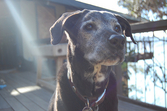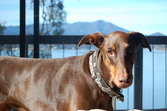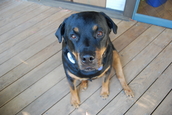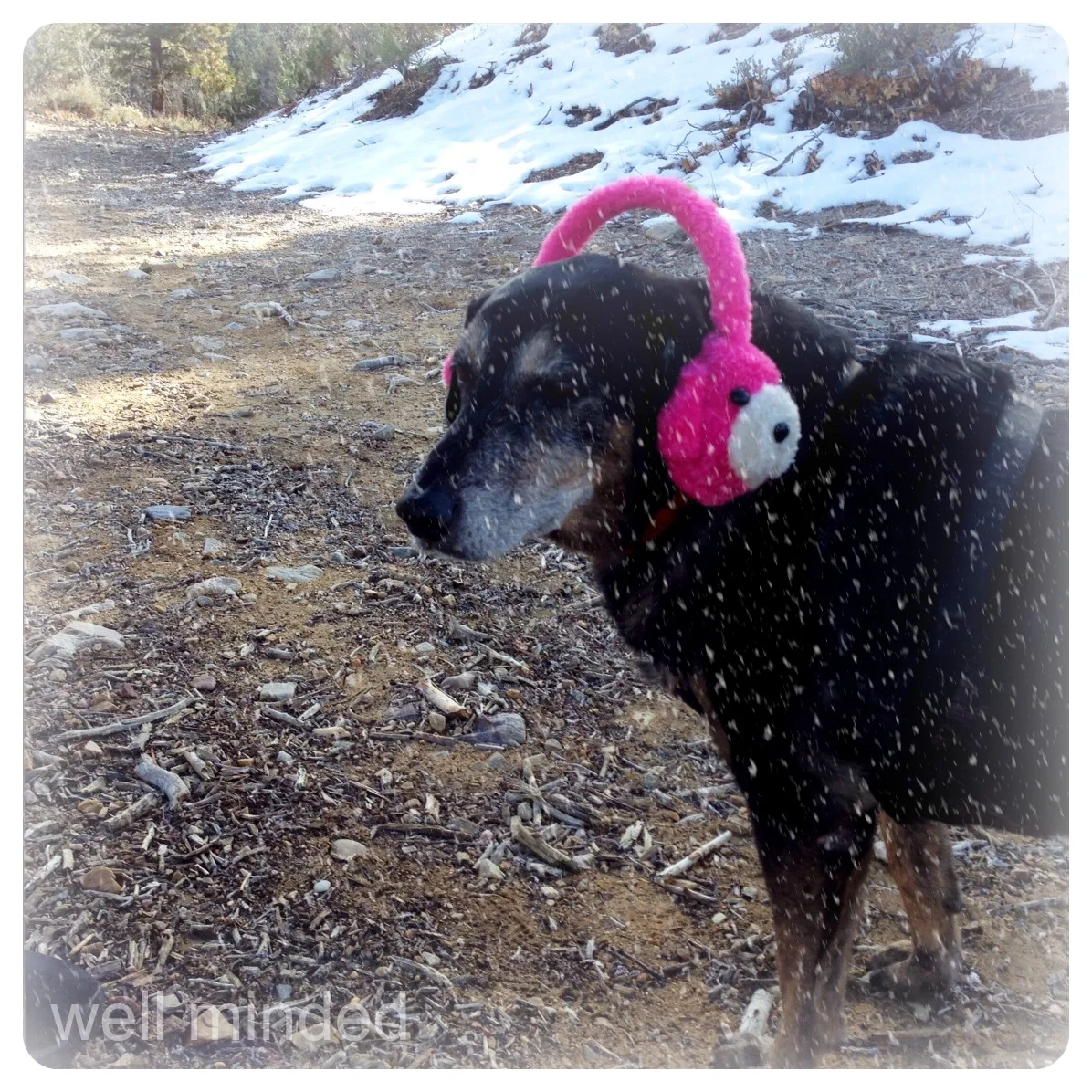When the weather turns cold, there is nothing more pleasurable than curling up by the fire with a good book. Make it a book about dogs, and I'm in heaven. Barbara Brunner's "Dog-ma: The Zen of Slobber" was my latest read, and it did not disappoint.
Brunner lets us know her dogs in true Larry McMurtry fashion, allowing her readers to know them and love them, no matter their antics, then making us feel her heart-wrenching pain as they inevitably leave her side. She paints an equally vivid picture of the settings in which her family has their adventures as she and her husband, Ray, move their pack from place to place.
If you're a dog lover, you won't be able to put this one down. Be prepared to laugh and love with Brunner and her revolving door of canine family members.

Throughout 2012 and 2013, Dog-Ma has been on the Bestseller lists of Kindle, Amazon and Goodreads as well as being named as a finalist in the 2013 Next Generation Indie Book Awards in the animal/pet category and presented with a medal at the Harvard Club in New York City - May 2013.
 Award Winning Author, Barbara Brunner grew up in Lancaster County, Pennsylvania with her parents, sister and always a dog, or two or three. She graduated Summa Cum Laude from a small women's college in Bryn Mawr, Pennsylvania. Meeting her husband in Washington, DC, they continued together on a journey as self-proclaimed dog addicts. In the ensuing years, she founded three successful businesses in the Pacific Northwest and is a prolific fundraiser for breast cancer research. She and her husband are retired and now reside in Southwest Florida with two dogs and copious amounts of dog fur. She is currently working on indulging her well known flip flop addiction.
Award Winning Author, Barbara Brunner grew up in Lancaster County, Pennsylvania with her parents, sister and always a dog, or two or three. She graduated Summa Cum Laude from a small women's college in Bryn Mawr, Pennsylvania. Meeting her husband in Washington, DC, they continued together on a journey as self-proclaimed dog addicts. In the ensuing years, she founded three successful businesses in the Pacific Northwest and is a prolific fundraiser for breast cancer research. She and her husband are retired and now reside in Southwest Florida with two dogs and copious amounts of dog fur. She is currently working on indulging her well known flip flop addiction.Barbara is available for book readings, autographing and speaking engagements and may be scheduled for your book or dog event.



"My inspiration for writing this book was driven by pure emotion and my desire to invite the reader to step into the journey of my utterly insane true-life stories."
– Barbara Boswell Brunner, Author, dog-ma
Book Tour Dates
I received this book to review through Beck Valley Books Book Tours, all the opinions above are 100% my own.








